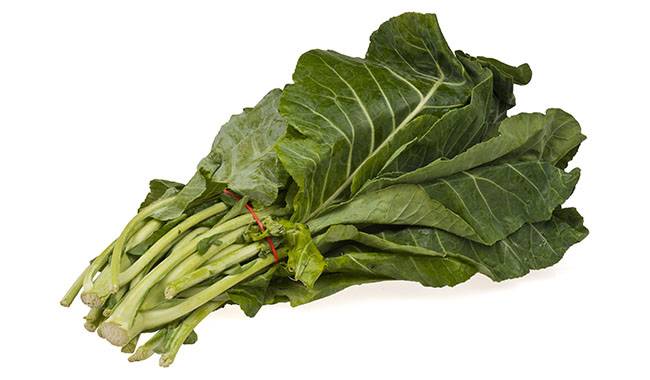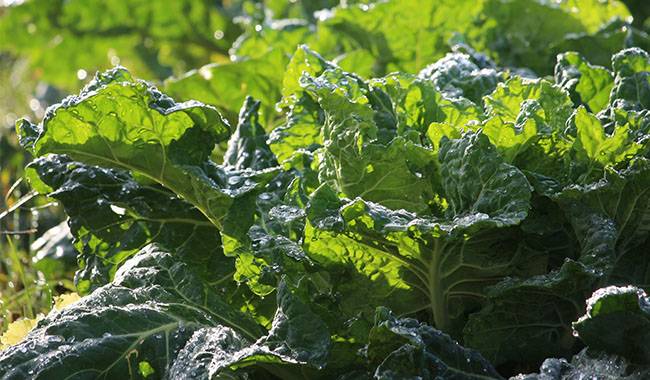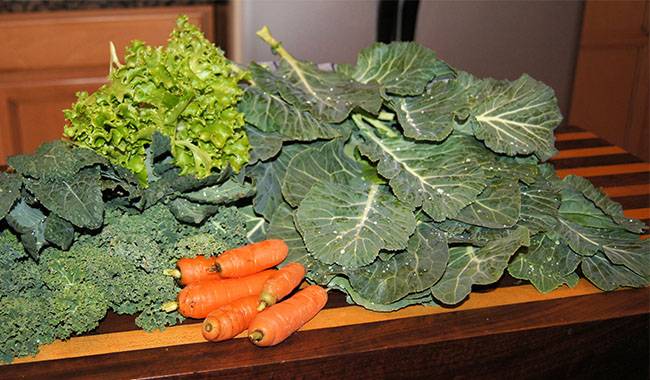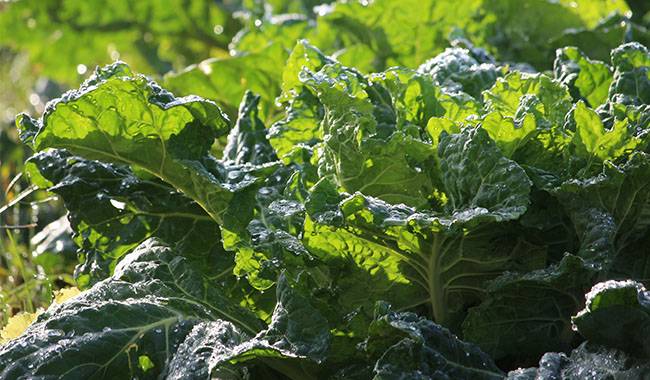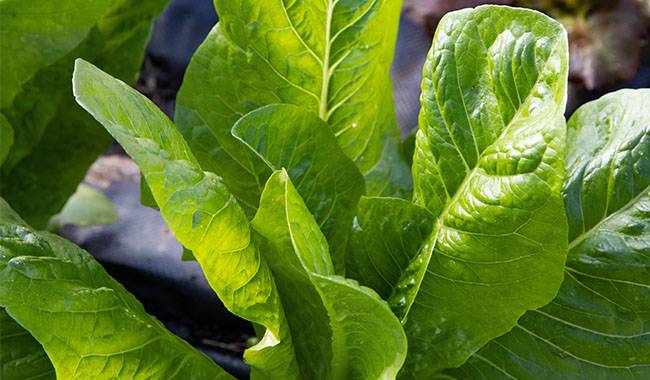
Can I grow collards in containers? You can definitely grow good collards in pots.
Days to harvest – most Collards varieties are ready to harvest in 55 to 75 days.
You can harvest the leaves or cut the whole plant as needed. Sun-dried collards are rich in vitamins.
They contain high amounts of vitamin K, as well as high amounts of vitamins C, A, and B6 and the minerals manganese and calcium.
CONTAINER PREPARATION
The collards leaves will need a large container when they are going to get bigger. Use at least a 3-5 gallon container.
Or try using a 5+ gallon container, or get creative and grow several plants in oak half barrels.
The collards have relatively shallow roots, but the plant will produce huge leaves that need room to grow.
Make sure the container has several bottom drainage holes and add a coffee filter or two to the bottom of the container before adding potting soil to prevent the soil from leaching out when watering.
Fill the container with good quality potting soil. Place the container in a sunny location. The more sunlight the plant receives, the better the results.
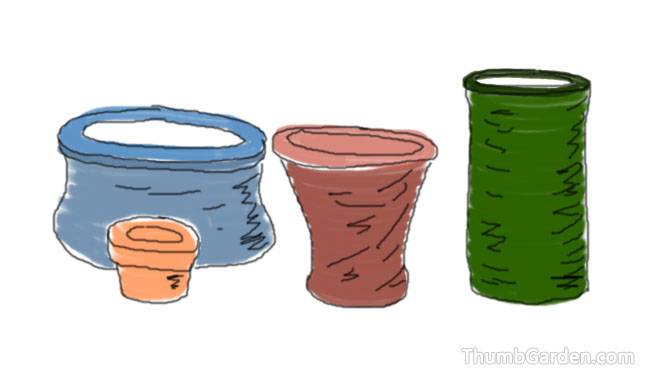
PLANTING
Despite the large container, the plants will need daily watering during the summer heat if they grow to full plant size.
You can plant seeds now or in early spring in containers on your balcony. They will emerge in just a few days. In two weeks, they will start to have real leaves. That is the best time to thin the seedlings.
Leave the largest two to three seedlings in each pot. In half a container, leave groups of three or more in two or three.
Seed certified organic collards seeds in very large containers or one plant per pot, planting seeds or bedding plants 2-3 feet apart.
Place the seeds in two thick rows 2 feet apart so that the seedlings germinate and then make them sparse. When growing collards indoors, sow seeds every two weeks for a continuous harvest.
If placing containers outdoors, sow one collards crop of vegetables in early spring and then plant another crop in late summer for a fall harvest.
CARE
A quality potting mix is more valuable than increasing the yield of sweet-leafed swaths. Many quality fertilizers contain a slow-release fertilizer that lasts for several months.
Collards containing high levels of nitrogen grow best. Water them frequently with a semi-strength soluble high nitrogen fertilizer or use an encapsulated slow-release fertilizer once or twice, depending on whether it is for three or six months.
Remember to take into account the nitrogen that may be contained in your potting mix. You may not need any additional nitrogen for the first few months.
Collards vegetables like to be fed and have a steady diet of high nitrogen fertilizer and water. Nitrogen promotes leaf growth, and collards are what you want.
Choose the universal fertilizer with the highest first number (nitrogen). 10-2-8 water-soluble fertilizer will feed and water your greens at the same time and will give you more than one harvest per plant.
Lots of sunlight will help your plants produce as much as possible. Weaker northern sun exposure produces fewer plants, but you’ll still get some very tasty greenery.
Late start collards can produce a fruitful fall crop with large leaves and unique flavor. A south-facing deck is ideal.
HARVESTING
Collards in the foliage at the desired size, using a sharp knife to cut the entire plant about four inches above the soil level. Feed and water the plant immediately and it will begin to grow a new set of leaves.
Individual leaves can be harvested from the plant at any stage of growth. To collect individual leaves, pop or cut them off near the base of the plant.
An early fall frost will not harm the plant if the container is placed outside; in fact, the opposite is true. A light frost will sweeten collards’ vegetables.
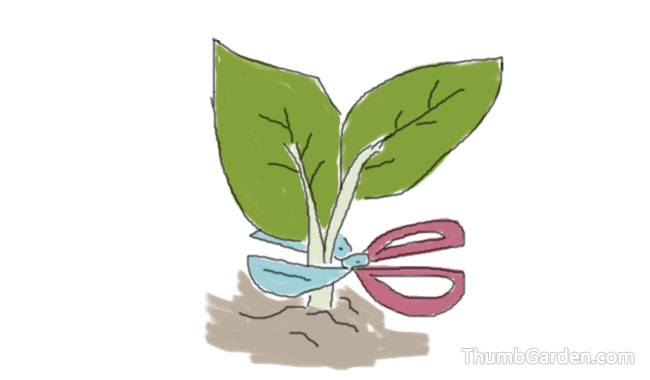
ENJOY YOUR TREATS
You may pick some tender leaves to add flavor to your salad, but it will leave a lot of leaves on the plant, resulting in quality vegetables that can be boiled with fat.
Collards leaves can be kept in the refrigerator for about a week without loss of quality.




